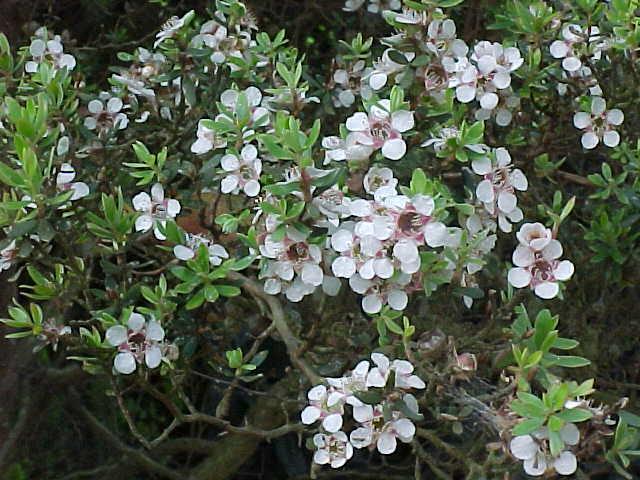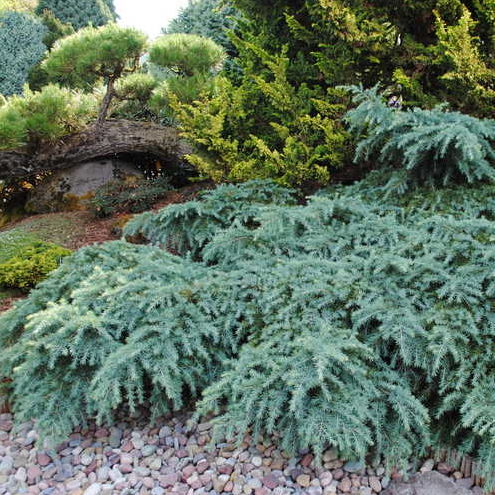
A large Prostrate tree is a small, dense shrub, all the lower branches being held upright or even planted directly beneath the soil. It has small flowers on the lower branches and the fruit is a fleshy, roundish blue berry.
The common name for this shrub is the "Prostrate Ivy". Its scientific name is the Ptychocarpum aromaticum, a plant which has some common characteristics with the Ptychocarpus, but unlike it, grows up rather than down.
This plant is an essential woody shrub which provides great aesthetic value to any garden
It's small size makes it easy to maintain. They can grow in shady areas and can be cut back when necessary.
The common name for this plant is the "Prostrate Ivy". Its scientific name is the Ptychocarpum aromaticum, a plant which has some common characteristics with the Ptychocarpus, but unlike it, grows up rather than down.
The Prostrate Tree is a large shrub, often occupying more than a quarter of an acre. It will need quite a bit of space and can sometimes be tricky to get around. It can tolerate some shade and is not too demanding a plant for most gardens.
This plant has a lot of potential, as it is low maintenance and requires very little attention or water. It grows well in most conditions, including clay soil and acidic or saline soils.
It will tolerate many different types of soils, but the best ones to look for are those that have good drainage and have been fertilised properly. This will ensure healthy plants, which should be strong and hardy. They can take much abuse and can even be left out in the sun to dry.

The best time to plant is late spring to early summer, as the foliage will be at its greenest
There is also less risk of weeds growing in this year. Planting early will prevent the growth of other plants in the summer, such as grasses and crabgrass.
If the plant gets too dry, regular watering should be given twice a week. The plant will need to be planted very deep, to support the roots and keep the leaves moist.
The Prostrate Tree likes the shady spots in the garden. However, they do prefer a lot of direct sunlight. The best locations for them are in the centre of a border or in the borders of a garden. In addition to sunlight, these plants love mulching under a shaded area.
This plant likes large amounts of fertilizer, especially phosphorus. This is a plant which will flourish on manure from the animals in your garden. The fertilizer needs to be added once a year. If this fertilizer is spread over the whole lawn, there is more likely to be more nutrients available to the root system, allowing it to thrive.
Fertilizer can also help the growth of the roots, providing food for the plants, and giving them nitrogen and nutrients that they need to thrive. The plants themselves will need plenty of water, and sunlight, as well as plenty of air.
The Prostrate Tree can be difficult to cultivate in a poor soil, as there is not enough room for the roots to spread. It prefers a very well-drained soil. If you can't provide this type of soil, then you need to mix the fertilizer with organic material, such as wood chips. before you use it.
Wood chips are also very beneficial for the roots. They will make a great mulch for the plants. Wood chips also provide a protection against weeds. As well as providing nutrients and water, it also adds a little texture to the soil.
